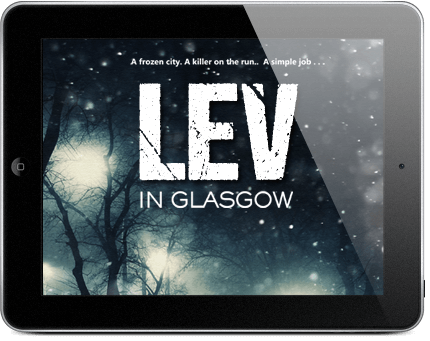My path into TALKING TO THE DEAD was a curious one. I was approached by a well-known figure who was contemplating working with a ghostwriter on a crime thriller. I hadn’t read any crime for a long time, but was intrigued by the project. So I went out and bought about two dozen crime novels, then read them back-to-back over about two weeks.
From America, I read:
- Robert Crais
- Harlan Coben
- Linwood Barclay
- Michael Connelly
- George Pelecanos
- Carl Hiaasen
- Sarah Paretsky
- Patricia Cornwell
- Kathy Reichs
- Elmore Leonard
I don’t remember all the authors I read then, but the list certainly included:
- Val McDermid
- Linda LaPlante
- Colin Dexter
- Minette Walters
- Nicci French
- Mark Billingham
- Ian Rankin
- RJ Ellory
- Barbara Vine
I also read a bit of crime fiction in translation, though not at that stage Stieg Larsson.
Having done my reading, I started to think through what I’d read. Everything involved a crime and some kind of investigation, but that still left a million possible variations. Was the protagonist a cop or not? Was the tale first person or third? One viewpoint or many? Was romance a significant element? What about humour? How about forensic science? Morality? Was the book elegantly written or potboilerish? Was it more thriller or more crossword-puzzle style mystery? How violent?
Because I’m built that way, I created a spreadsheet and analysed my results. The spreadsheet didn’t spit out a Formula For Writing Bestsellers – and I didn’t want it to. But the exercise did help me understand what I wanted to write, and the directions I thought the Well Known Figure would be well advised to travel in. As it happened, that ghostwriting assignment never happened (or not with me anyway), so I was left with a headful of ideas and no obvious outlet for them.
Though I hadn’t previously been a crime-buff, I couldn’t get these ideas out of my head. After all, the crime tale is just a format around which to tell a story. The genre doesn’t need to be limiting – or at least, no more limiting to the artist than the sonnet-form or the iambic pentameter. And in among the stuff I read, there were some really, really good books. Some of them were inspirational in fact.
The kind of book I realised I wanted to write needed a really strong central character. A character so vibrant, so intense and mysterious, that the books would be as much about her as about the crimes themselves. (Oh, and whyher? Well, I’ll talk about that in a later post, but my detective was a woman from the very first.)
Other questions
Other questions soon answered themselves too:
- I wanted to avoid a crude moral approach, where every killer must be a sick bastard and where cops spend their time telling each other ‘Let’s put the sick bastard away.’
- I wanted my novels to be dark, but for that darkness to come from mood and tone, not a splatter of gore.
- I wanted my books to have a warm human heart: I wanted my central character to have some sustained, close, loving relationships – not merely be the compulsory heavy drinking loner.
- Oh, and I also decided that my detective would kick against the stereotypes. Instead of being a middle-aged, male, single, boozer, I’d have her young, female, keen to enter a relationship and a non-smoking teetotaller.
- I wanted my book to have a strong sense of place and to say something about the wider society.
- I wanted my book to be a proper crime novel: fully inhabiting its genre, unafraid to participate fully in its rules and conventions.
Some of these things reacted against things I came across in my survey of the market – I just got fed up with all those maverick middle-aged cops, the hordes of serial killers with quirkily coded ways of dispatching their victims. Other elements of what I wanted to write picked up on things I found exciting. For example, once I’d encountered the atmospheric writing of Henning Mankell, RJ Ellory and Carl Hiaasen (to name three wildly different writers), I didn’t want my book to be any less placed than theirs.
And I think, in a way, my experience answers that age-old question: do you write for the market or do you write the book you’re passionate about? And the answer is: Both! You have to do both! If you aren’t passionate, you’ll write a rubbish book. If you don’t have a feel for contemporary writers in your area, you’ll be missing the argument. Oh – and now that I’ve started reading crime again, I haven’t stopped. It’s where the juice is!


